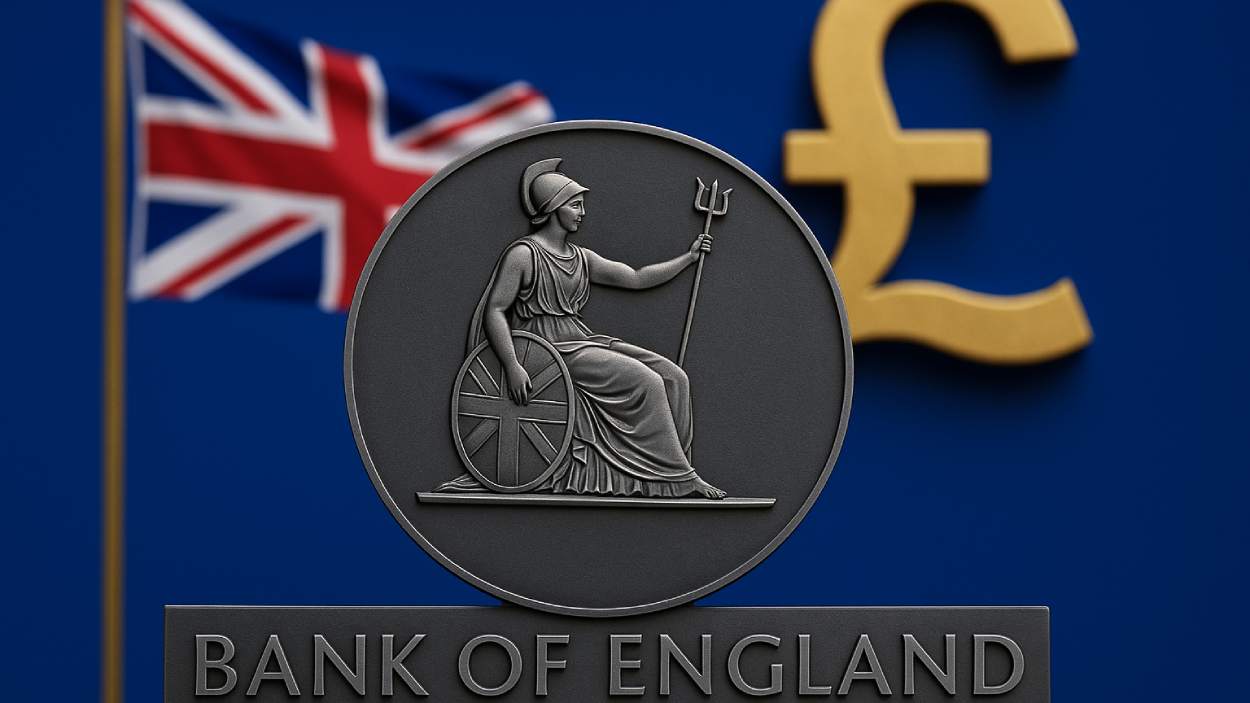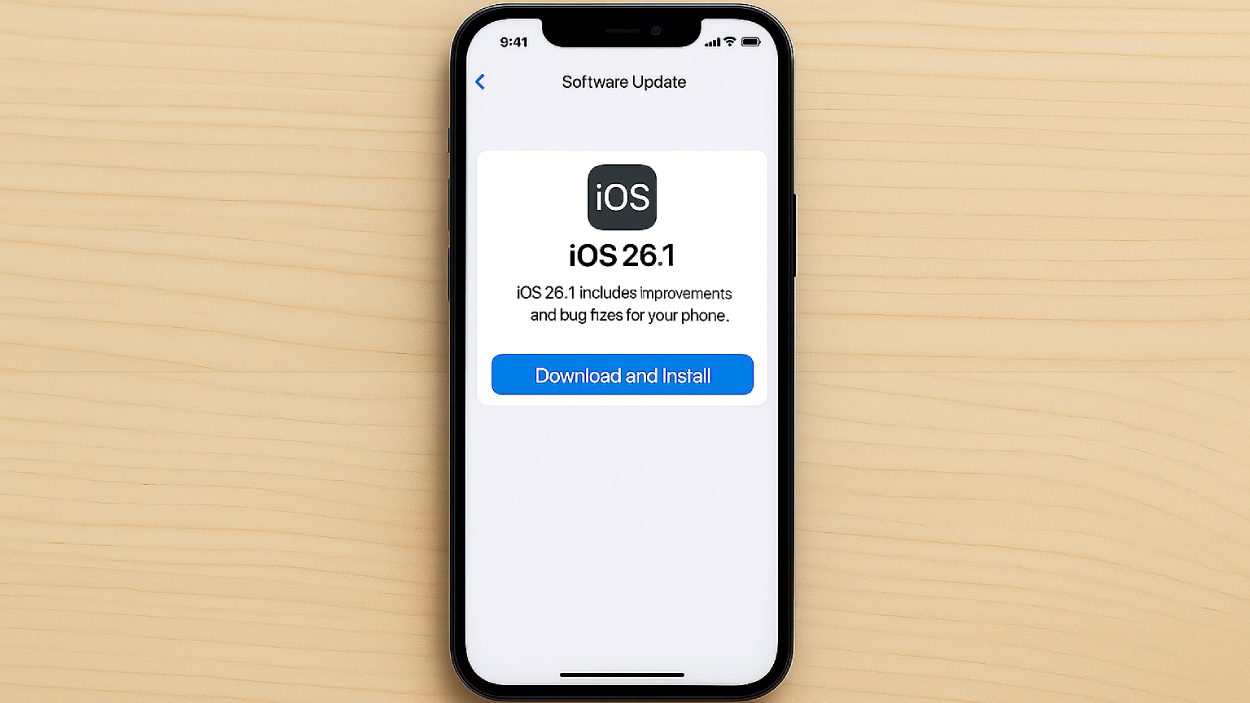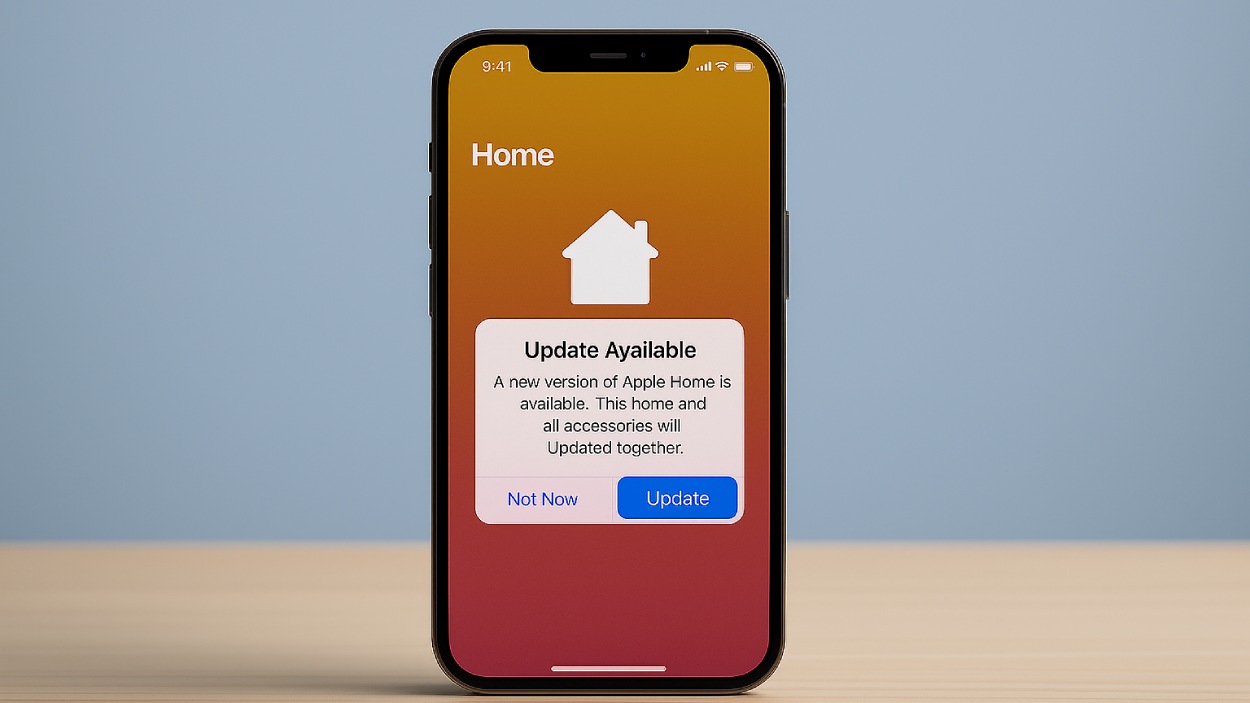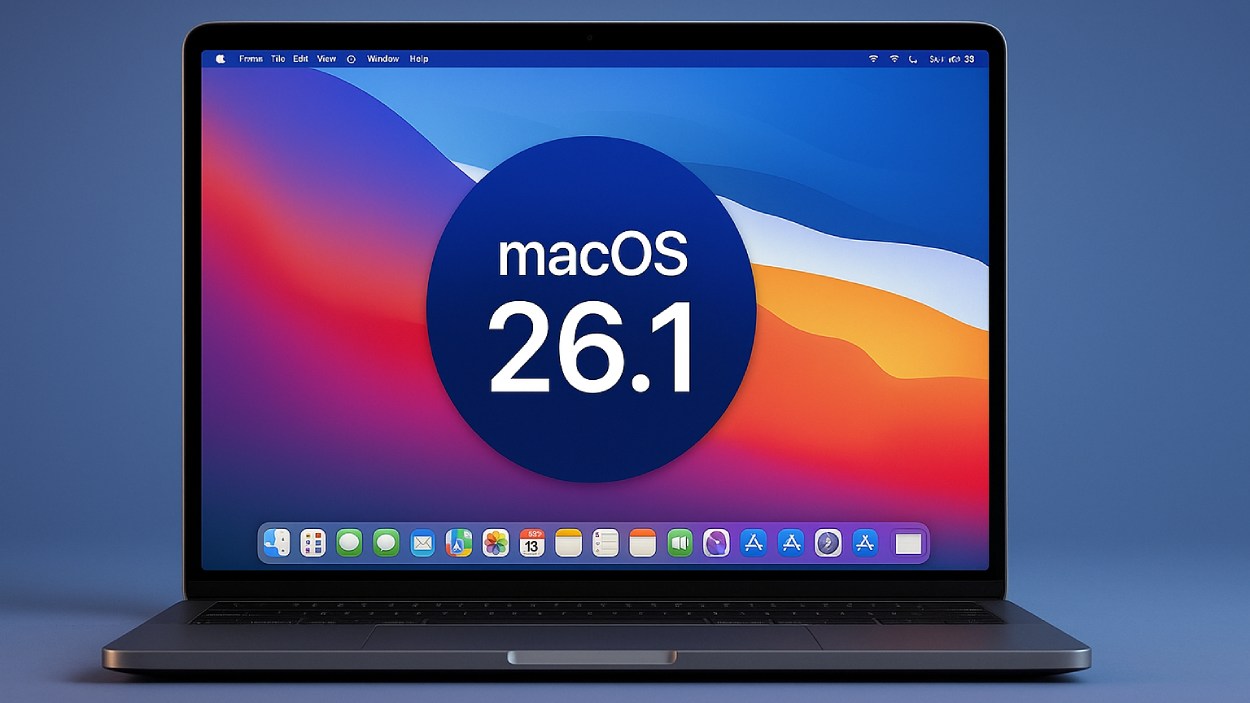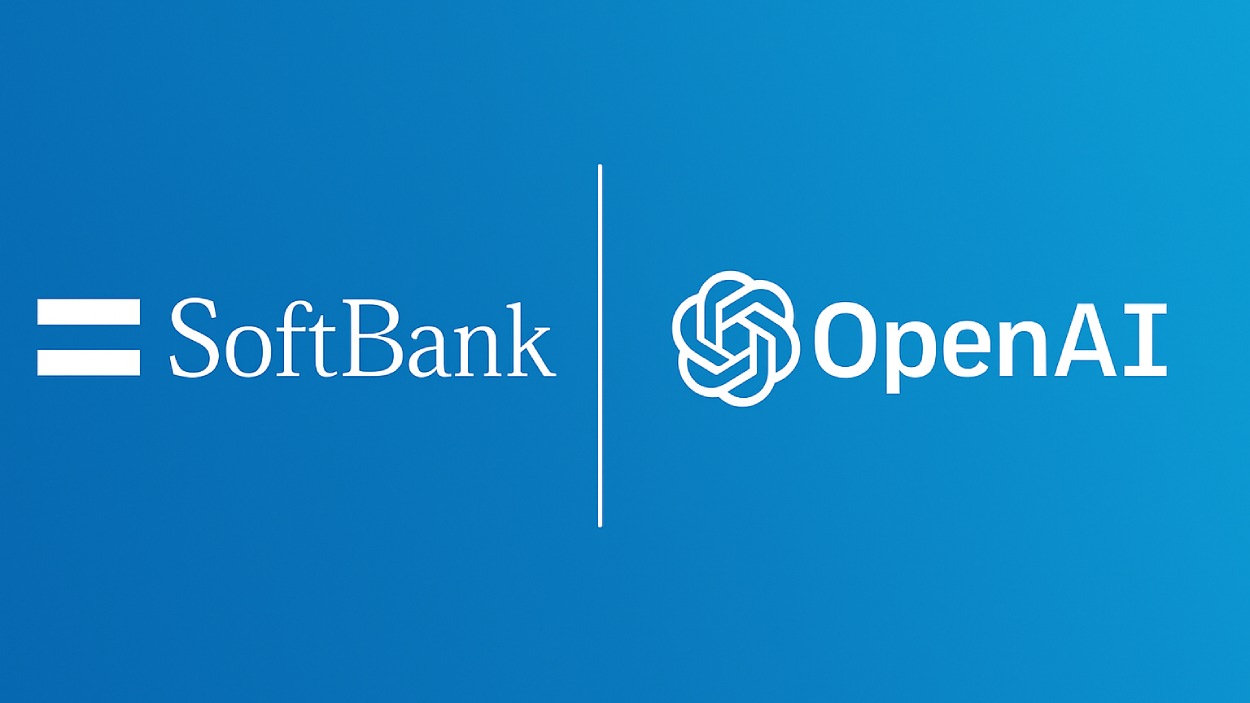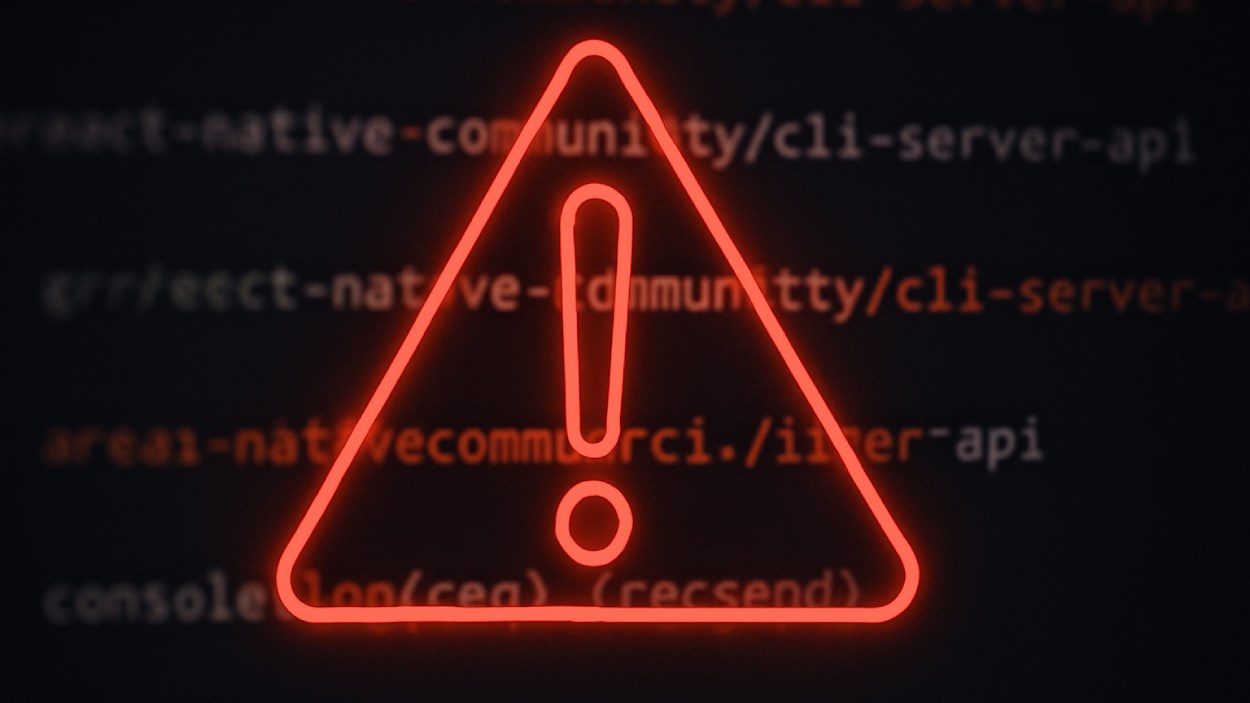The Bank of England has opened a public consultation on new stablecoin rules aimed at tightening control over systemic digital currencies in the UK.
Quick Summary – TLDR:
- BoE proposes a £20,000 cap for individuals and £10 million for businesses on systemic stablecoin holdings.
- Stablecoin issuers must back assets with 60% UK gilts and 40% BoE non-interest accounts.
- His Majesty’s Treasury will determine systemic status while the BoE and FCA share regulatory duties.
- Final regulations expected to take effect in the second half of 2026.
What Happened?
The Bank of England launched a consultation on November 10, 2025, to create a regulatory framework for sterling-denominated stablecoins that are considered “systemic,” meaning they could significantly impact UK financial stability. The rules outline reserve requirements, caps on how much individuals and companies can hold, and clarify the roles of different regulators.
NEW: BANK OF ENGLAND PROPOSING “TEMPORARY” LIMITS OF 20,000 POUNDS ($26,300) PER COIN FOR INDIVIDUALS AND 10 MILLION POUNDS FOR BUSINESSES – PER COINDESK
— DEGEN NEWS (@DegenerateNews) November 10, 2025
SOURCE: https://t.co/NA2IHQWu01 pic.twitter.com/mkCTPhdMsn
Proposed Holding Limits for Stability
A central part of the proposal is a £20,000 cap on individual holdings of each systemic stablecoin, while businesses will be limited to £10 million. These holding caps are temporary and designed to prevent sudden mass redemptions that could cause instability. Larger businesses may qualify for exemptions if they can show a legitimate need for higher balances.
- Limits are part of a phased rollout to control risk.
- Wholesale transactions via the UK’s Digital Securities Sandbox are exempt.
- The Bank stressed these restrictions are transitional and may be reviewed as risks diminish.
Reserve Backing to Ensure Trust
To protect the financial system, the BoE wants systemic stablecoin issuers to maintain high levels of reserves in safe and liquid assets. The proposal mandates:
- 60% of reserves must be invested in short-term UK government bonds.
- 40% to be held in non-interest-bearing accounts at the BoE.
- New entrants can initially allocate up to 95% in gilts during the transition period.
These measures aim to ensure that stablecoin issuers can meet redemption demands and maintain confidence in their products, especially during financial stress.
Who Regulates What?
Under the proposed structure:
- His Majesty’s Treasury will decide which stablecoins are classified as systemic.
- The Bank of England will oversee prudential risks, including reserve management.
- The Financial Conduct Authority (FCA) will supervise non-systemic stablecoins and consumer protections.
Non-sterling stablecoins like USDT or USDC remain outside the BoE’s direct scope. However, the Bank is assessing how to handle foreign-issued stablecoins if they gain significant traction in the UK.
Beyond the Basics: Wallets, Ledgers, and Transparency
The consultation also touches on self-custodial wallets, public blockchains, and interest payments on stablecoins. The BoE raised concerns about:
- Self-custody limiting enforcement of holding caps.
- Permissionless ledgers lacking clear accountability.
- Operational and settlement risks in the event of issuer failures.
These areas will remain under ongoing review, with potential guidance to follow.
Timeline for Implementation
The consultation is open until February 10, 2026. After collecting public and industry feedback, the Bank of England and FCA plan to issue a joint transition roadmap later in the year. The final regulations are expected to be enforced in the second half of 2026.
Deputy Governor Sarah Breeden called the move a “pivotal step for the UK’s stablecoin regime,” highlighting its balance between innovation and monetary trust.
SQ Magazine Takeaway
I think this is a smart but cautious move by the Bank of England. They’re clearly trying to get ahead of the curve before stablecoins become deeply embedded in our payment systems. By setting holding caps and strict reserve rules, the UK is making it clear it wants innovation, but not at the cost of stability. As someone who’s watched crypto go through chaotic boom and bust cycles, I find this kind of structured regulation both reassuring and necessary.

